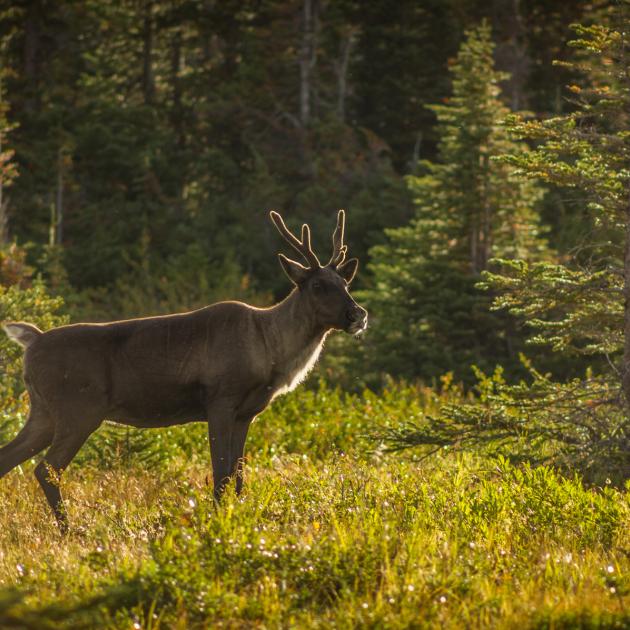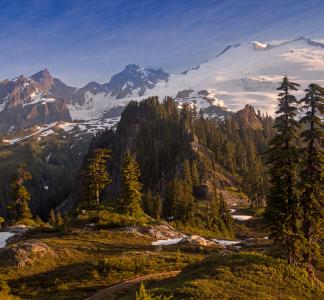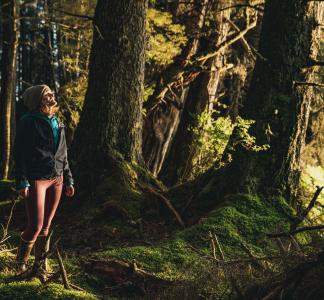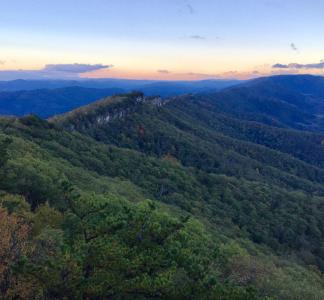6 reasons old-growth forests are really important
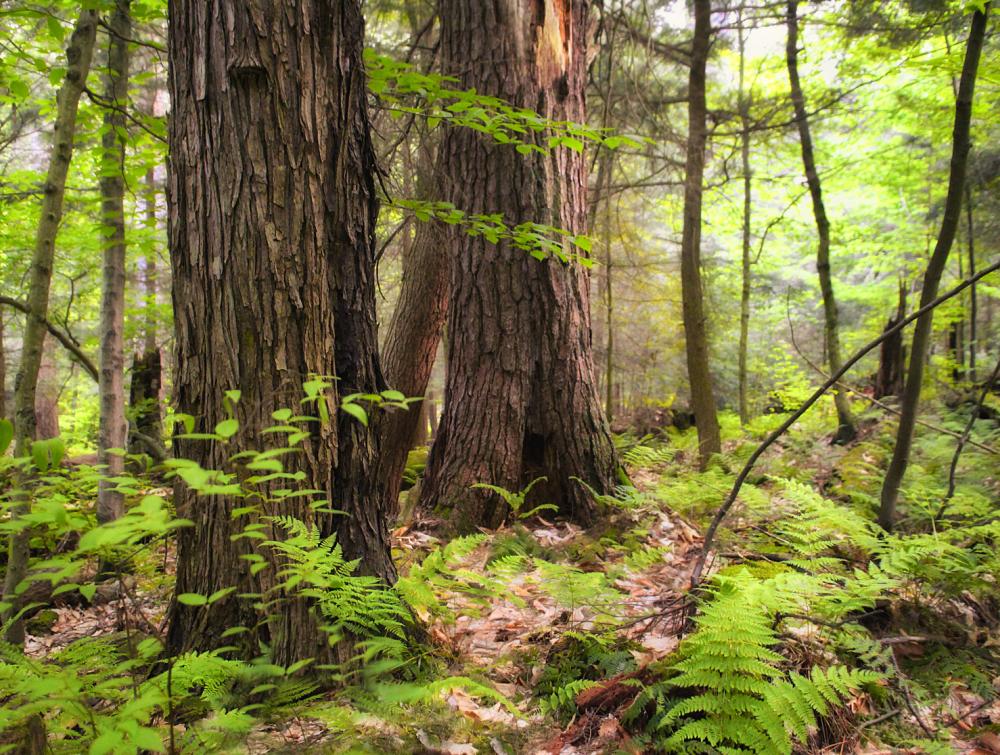
Allegheny National Forest, Pennsylvania
Nicholas_T, Flickr
Climate, clean water among biggest factors
President Biden recently signed an executive order focused on conserving mature and old-growth forests in the U.S. The focus of the action was the importance of these forests for trapping carbon emissions and curbing the climate crisis, and that’s certainly a big deal. But it’s only scratching the surface of what makes old-growth forests so important.
Old-growth forests are super important because they...
1)...help fight climate change
Forests full of big, old trees are highly effective at trapping climate-warming greenhouse gases like carbon dioxide from the atmosphere and storing it away. Indeed, a disproportionate amount of carbon is stored in the biggest and oldest of those trees, with the largest 1 percent of trees accounting for 50 percent of the aboveground carbon among all trees.
Of course, forests can only do this vital work if they remain intact; when old trees are cut down, they release their stores of carbon back into the atmosphere, where it can trap heat and ramp up climate change once more. Conserving our oldest forests alone provides more net carbon storage than any other use of land in the U.S., and the biggest, oldest trees do more than their fair share of that work.
2)...clean our water and air
Forests act as a water treatment network that catches rainfall, regulates storm runoff and pulls pollution from the soil rather than allowing it to make it back to waterways. More than 60 million people in the U.S. get their drinking water from national forests, with many big cities relying on watersheds in largely undeveloped “roadless” forests (the forests least affected by human activity). Logging and other forest threats disrupt that water network, introducing sediment and pollutants to the mix.
Forests also help people breathe easier, both by directly intercepting particulate air pollution and absorbing dangerous gases like nitrogen dioxide and ozone. But again, forests can only do this work it if we don’t mess with them too much: In the heavily studied and scrutinized Amazon, research has demonstrated that reduced deforestation benefits air quality and public health.
3)...are Indigenous peoples’ homelands and cultural wellsprings
Indigenous peoples are the original and enduring stewards of lands and waters in what we call North America, many inhabiting traditional homelands since “time immemorial.” These tribes and nations, like the Tlingit, Haida and Tsimshian tribes in Southeast Alaska’s Tongass National Forest, have strong connections to old-growth forest lands. We’ve already seen how failing to protect forests can jeopardize that relationship; in the case of the Tongass, clear-cut commercial logging disrupted these communities starting in the mid-20th century, both posing a grievous cultural insult and robbing them of the use of traditional areas for hunting, fishing and other activities.
4)...provide habitat and refuge for wildlife
Old-growth forests contain a complex variety of trees, including dead trees, that many wildlife rely on. Additionally, old-growth forests are often free of human disturbance. Animals and plants generally do well in old-growth forests—the less development, the better (a recent Wilderness Society report found that forests protected from logging and road-construction are extra important as habitat for threatened species).
Such forests offer habitat and unfragmented land that allows animals and plants to migrate and adapt to climate change and other threats more easily (in addition to reducing animal deaths from vehicle traffic). Bodies of water located in intact and roadless forests tend to have healthier fish populations due to reduced pollutants and sediment, too.
5)...buoy the outdoor recreation economy
Recreation on Forest Service lands alone contributes billions to the national economy, and much of that activity ripples outward to local communities. A Wilderness Society analysis of Mt. Baker-Snoqualmie National Forest, in Washington, found that people doing outdoor recreation activities in the forest spent nearly $80 million on related expenses in nearby communities in a single year, supporting hundreds of local jobs. The attractiveness of forests to visitors and would-be recreation-doers—especially old-growth forests, which feature some of the best hiking, camping and other recreation activities on offer anywhere—is bound to take a hit with intrusive development and other threats.
6)...help keep us cooler and healthier
You can attest to this if you’ve ever taken refuge from the open-air summer heat in the leafy shadows of a big oak: trees and other plants help you cool down. In general, shaded surfaces may be up to 45°F cooler than un-shaded surfaces, and evapotranspiration (a combination of water going back into the atmosphere from the ground, the surface of plants and so on) can help cut peak summer temperatures by as much as 9°F.
That’s especially important when considering urban areas and their tendency to be hotter than other places, but old-growth forests have a chilling effect, too. Studies have found that old-growth forests reduce air temperatures by as much as 4.5°F compared to “plantation” forests, which are intensively harvested and mostly uniform in terms of tree species and age. With killer heat waves becoming harsher and more frequent thanks to climate change, trees and forests will be an invaluable part of the plan to keep people cool and healthy.
What is an intact forest worth? Up to $1 trillion, in the case of Greater Seattle’s Mt. Baker-Snoqualmie
Andy Porter
By the numbers: Why this ancient rainforest is an important climate solution
Colin Arisman
Why it’s important to keep the wildest forests free of roads and logging
Matt Kearns, West Virginia Rivers Coalition
